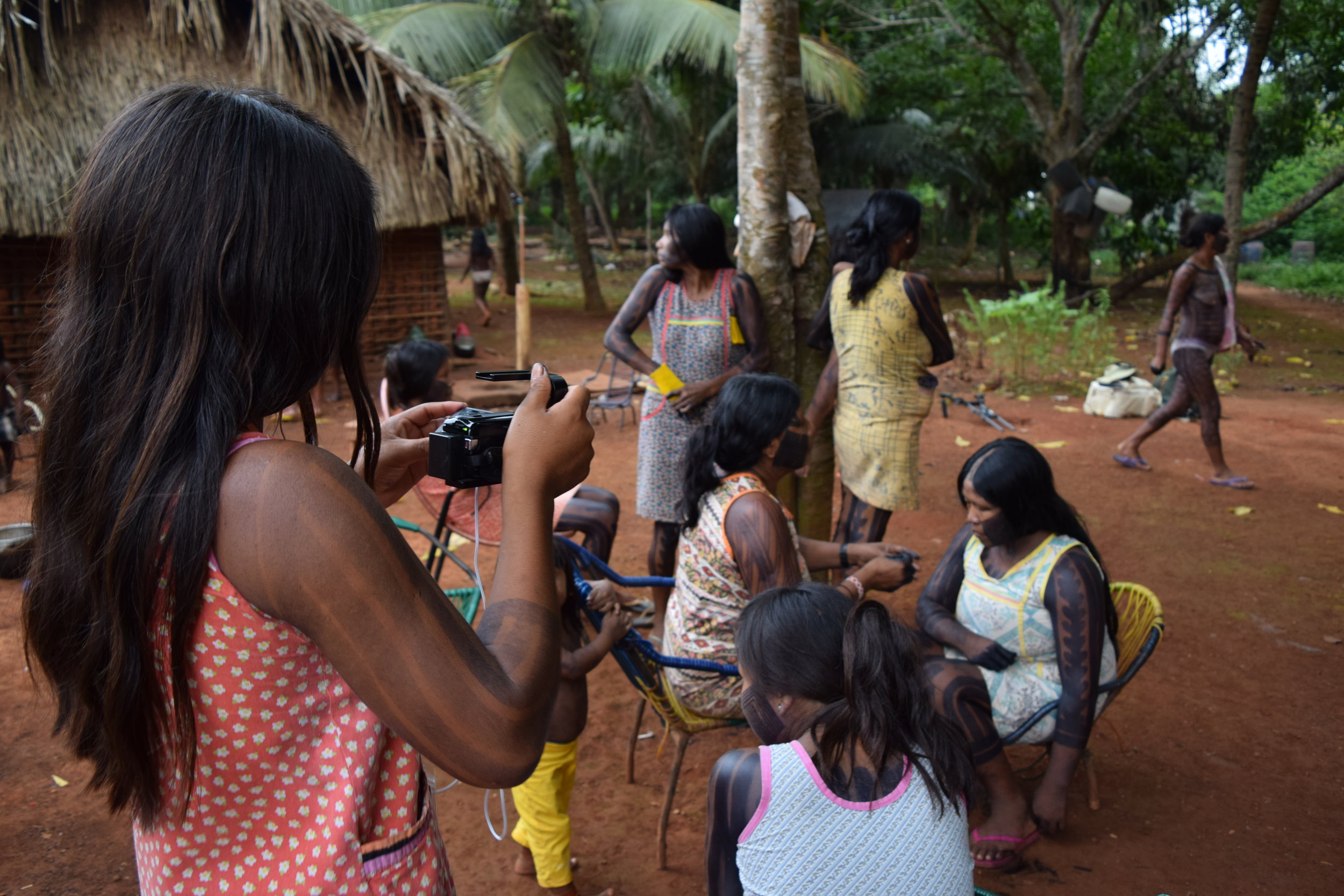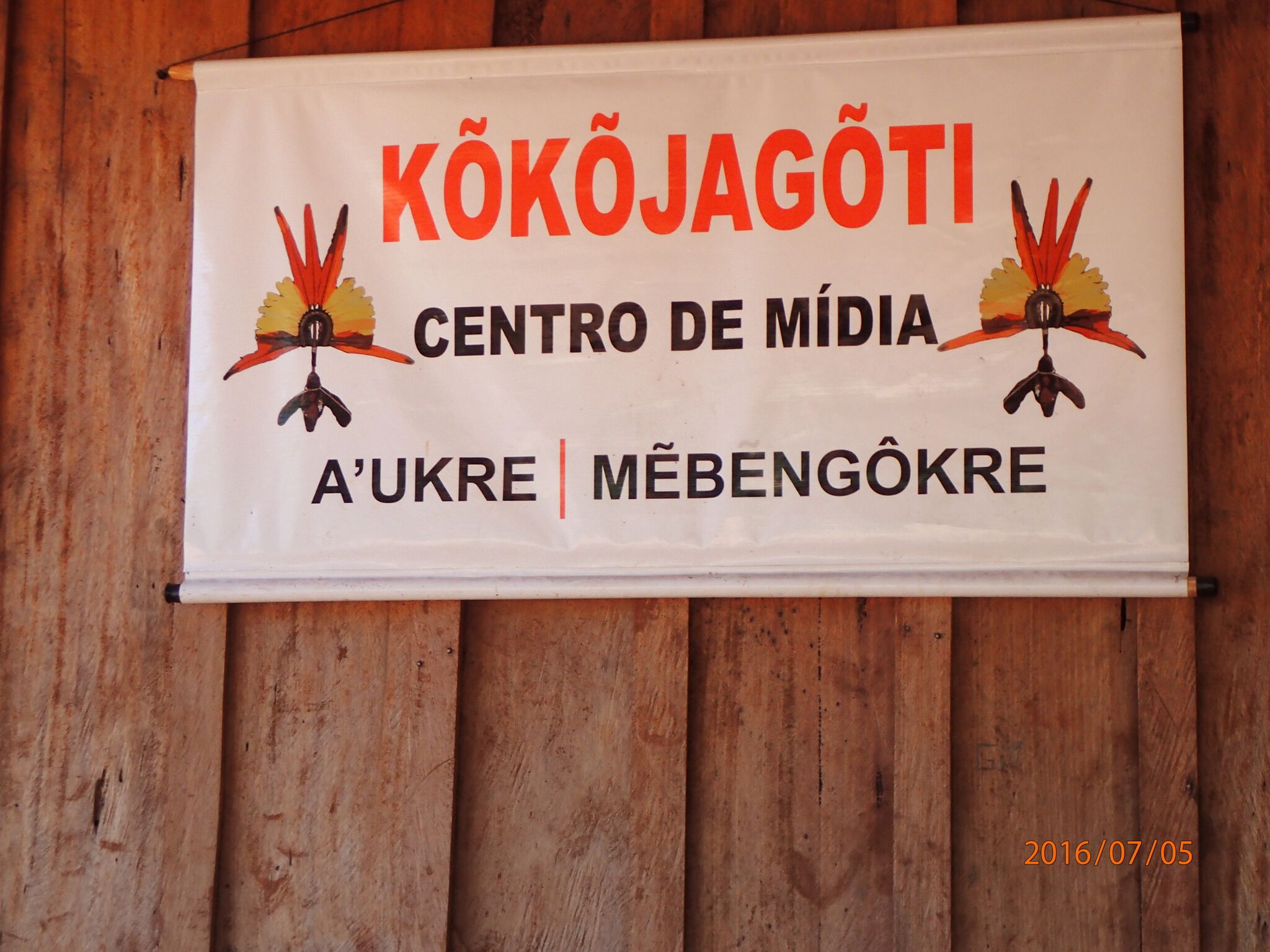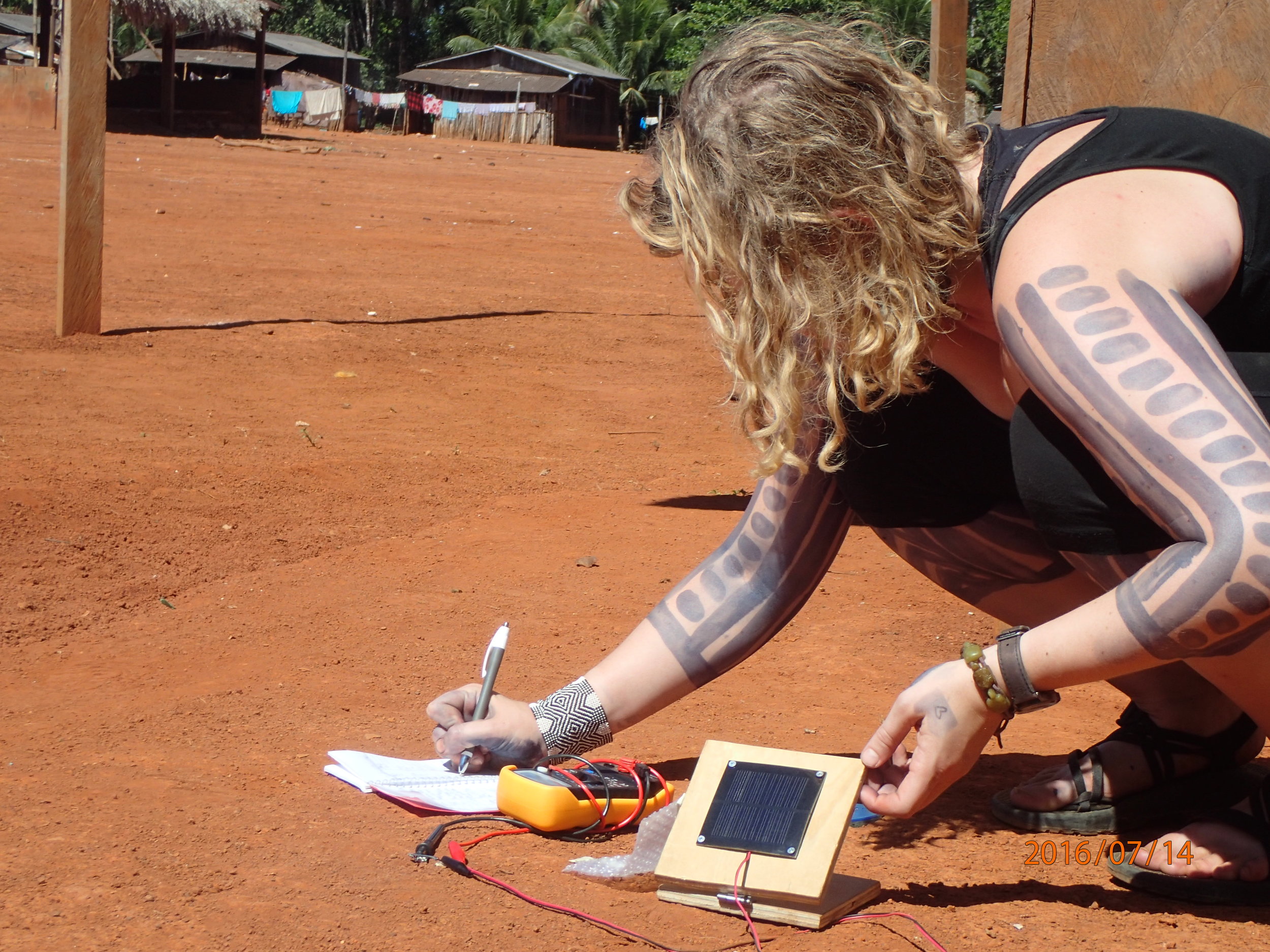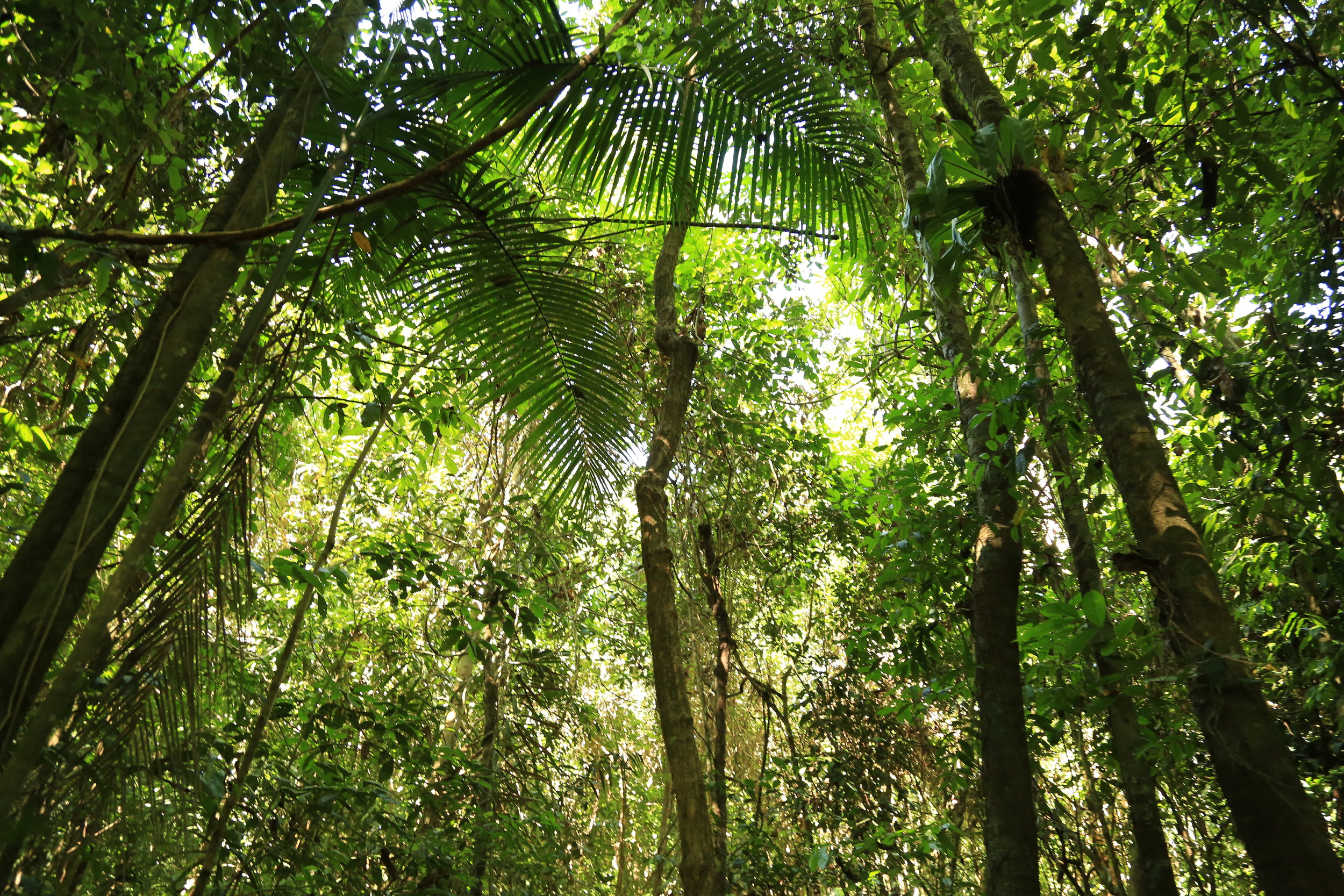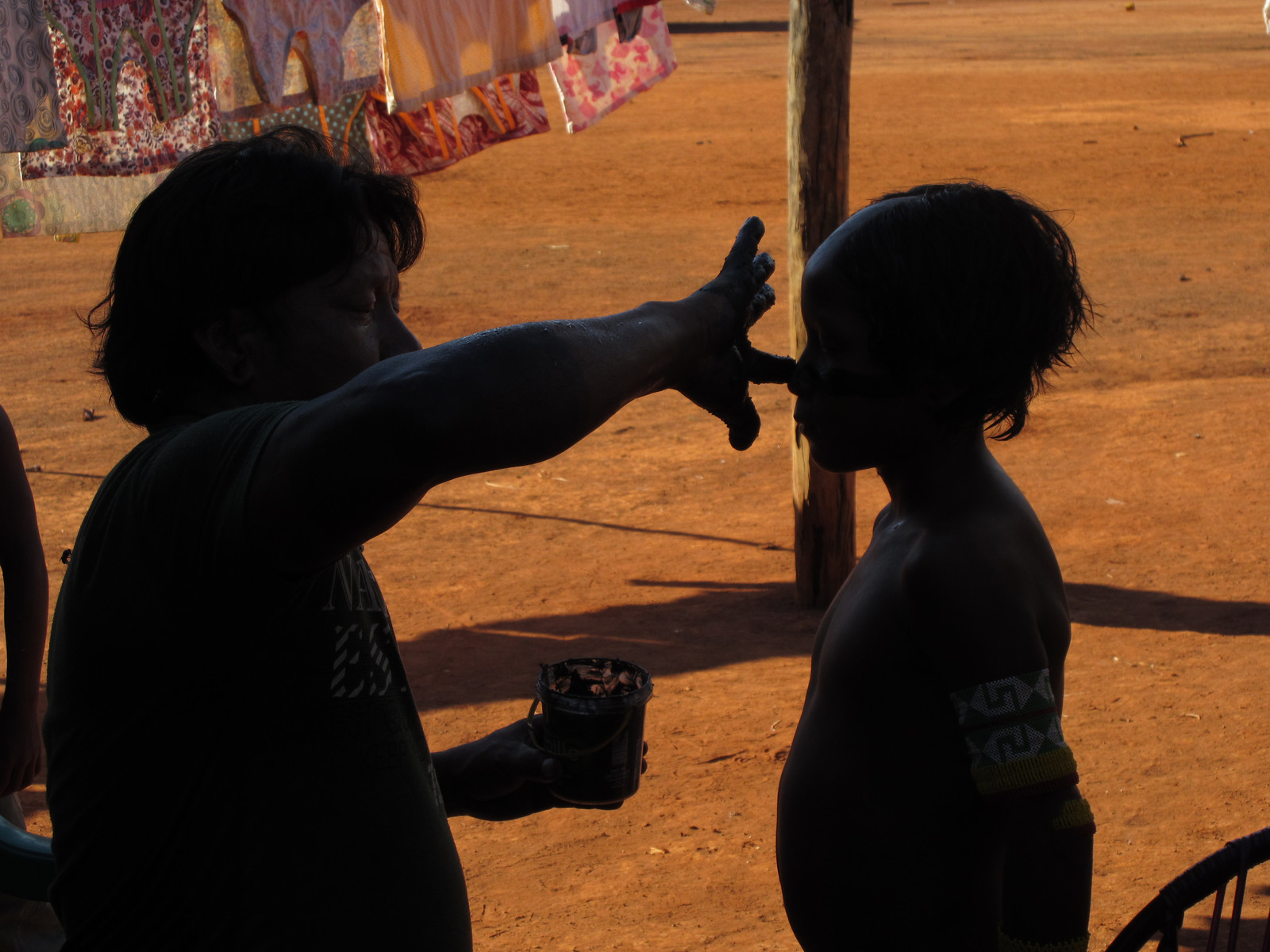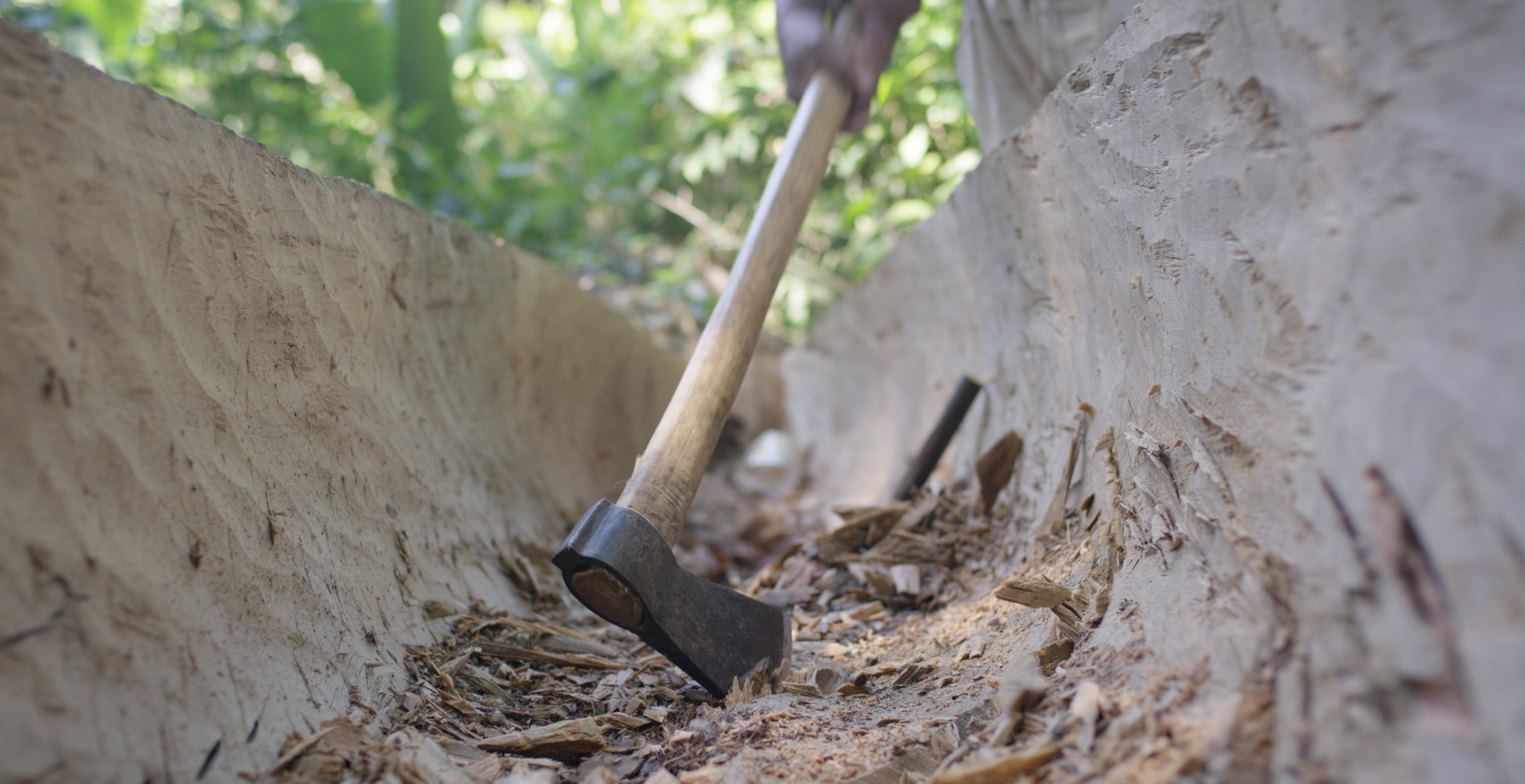Guest Post by Purdue Wilke Intern, Madelyn Van Oostenburg.
Check out Madelyn’s Global Indigenous Media Guide here.
My name is Madelyn Van Oostenburg, and I’m a junior at Purdue University studying anthropology. This fall semester I had the privilege to work with Dr. Zanotti researching indigenous media and it’s influence on a global scale. I was initially intrigued by the work due to my ignorance of what indigenous media might entail. My exposure to these forms of media had been limited and I wanted to further understand how indigenous media could be used as a form of self-expression. However, throughout my research I came to realize the deeper implications of indigenous media and the various reasons for why these forms of media are created. I learned about the experiences of Indigenous Peoples globally and was able to find similarities in their experiences and relate these to how media could be used as a medium to bring awareness to indigenous rights. Researching indigenous media opened my eyes to the marginalization that Indigenous Peoples face, and also revealed the importance that indigenous media plays in shedding light onto the various ways of life associated with indigenous groups across the world. This research exposed me to the significance of indigenous media in today’s world, and the course that it could continue to follow in the future.
My research consisted of two elements, reading and taking notes on the edited volume, Global Indigenous Media, and also watching films associated with indigenous peoples that were either produced by or about indigenous groups. Global Indigenous Media was key to my understanding of indigenous media practices on a worldly scale, and gave insight to the importance of indigenous media for both indigenous and non-indigenous peoples alike. The edited volume examined several different forms of media, how they were utilized in their specific cultural context, and how they brought about change. The films I watched gave me a deeper understanding of the dilemmas Indigenous Peoples face today, such as issues of environmental protection and the impacts of colonialism. One of my favorite films, Kinja Iakaha, A Day in the Village, was produced by Waimiri/Atroari indigenous peoples and is a great example of an indigenous film produced by members of the group being depicted. This film was important in my studies as it was a strong example of self-representation. Many of the films I watched were closely tied with various indigenous groups of the Amazon and gave a strong visualization as to how ideologies of development and industrialization alter their ways of life.
Scene from Kinja Iakaha, A Day in the Village.
Throughout a semester of reading and watching films about Indigenous Peoples, I realized similar patterns in the use of indigenous media for differing Indigenous Peoples across the world. These include using indigenous media as a form of self-representation, a means of asserting political autonomy, preserving cultural traditions, promoting cultural visibility, and utilizing media as a form of political action for indigenous rights. I came to realize the importance of indigenous media in the current age, and how these forms of media can be used as a way to bring attention to issues of indigeneity. During my research experience, I began to understand indigenous media as a means of both political and artistic expression that can be used strategically to bring awareness to the unique livelihoods of indigenous peoples globally, while preserving their traditions.
I am extremely grateful I had the opportunity to do this kind of work. This semester revealed to me the importance of indigenous media forms in the modern era while exposing me to the worldly complications Indigenous Peoples face. Becoming more aware of the marginalization Indigenous Peoples experience was challenging from my point of view as I hadn’t before been faced with these harsh realities. However, I believe it is incredibly necessary for these viewpoints to be expressed in the public eye instead of leaving them to be silenced. Indigenous media is a tool for action and a canvas for expression, and it deserves to be seen.







